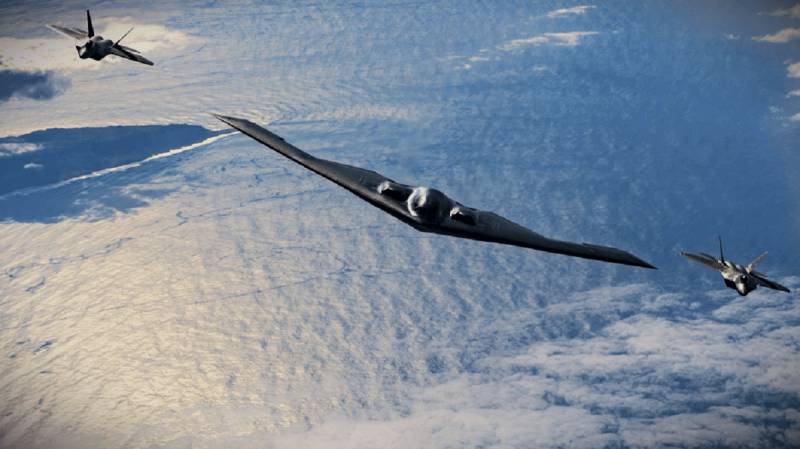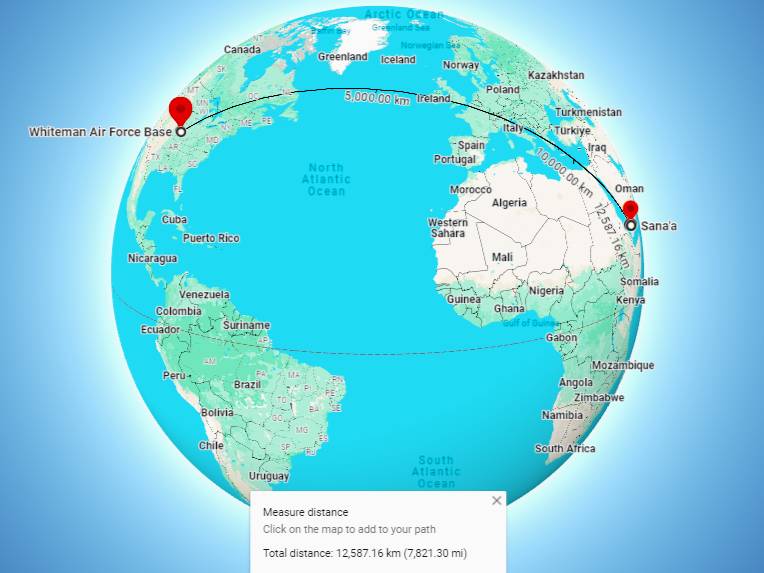
The United States has claimed to have targetted underground, bunkered stores of weapons and missiles used by the Houthis in Yemen in one of the first known use of its long-range stealth bombers outside the Afghanistan and Iraq wars.
Experts are claiming that the usage of the B-2 Spirit stealth bomber to conduct the strike was a veiled message to Iran and was a direct signal of growing US involvement in the over-year-long conflict.
In a statement on Thursday, US Central Command (CENTCOM) said that US Air Force and US Navy assets had conducted multiple, precision airstrikes on numerous Iran-backed Houthi weapons storage facilities within Houthi-controlled areas of Yemen. US claimed that they targeted the facilities because they contained various advanced conventional weapons which the Houthis had used to target the US and international military and civilian vessels navigating international waters throughout the Red Sea and Gulf of Aden.
"These actions were taken to degrade the Houthi's capability to continue their reckless and unlawful attacks on international commercial shipping and on US, coalition, and merchant personnel and vessels in the Red Sea, Bab Al-Mandeb Strait, and the Gulf of Aden, and to degrade their ability to threaten regional partners," the statement read.
CENTCOM made it a point to note that the facilities which the US had targetted were hardened underground facilities which housed missiles, weapons components, and other munitions.
"The employment of the B-2 (Spirit long-range stealth) bomber demonstrates US global strike capabilities to reach these targets, when necessary, anytime, anywhere," the statement asserted, suggesting that the intended target of the strike and the statement was probably Tehran rather than Sana'a.
The US said it was still assessing the damage from the strikes. It claimed that their early assessments did not indicate any civilian casualties.

It is pertinent to note that the B-2 Spirit bombers are primarily based in Missouri in the central United States, which means that it would have had to travel at least 12,315 kilometres (7,652 miles) one way over the Atlantic.

